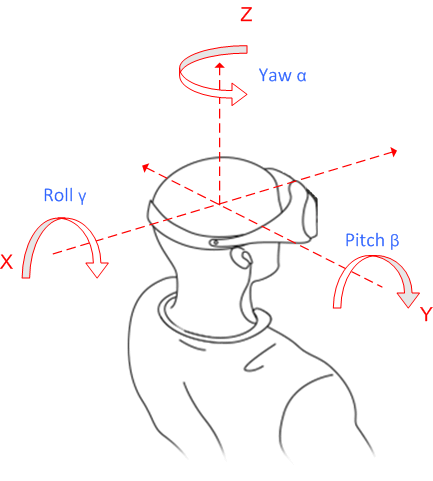TS 26.118
3GPP Virtual Reality Profiles
for Streaming Applications
V18.0.0 (PDF)
2023/03 90 p.
V17.0.0
2021/06 91 p.
V16.3.0
2021/06 85 p.
V15.3.0
2020/12 71 p.
- Rapporteur:
- Dr. Stockhammer, Thomas
Qualcomm CDMA Technologies

essential Table of Contents for TS 26.118 Word version: 18.0.0
each title, in the "available" or "not available yet" area, links to the equivalent title in the CONTENT